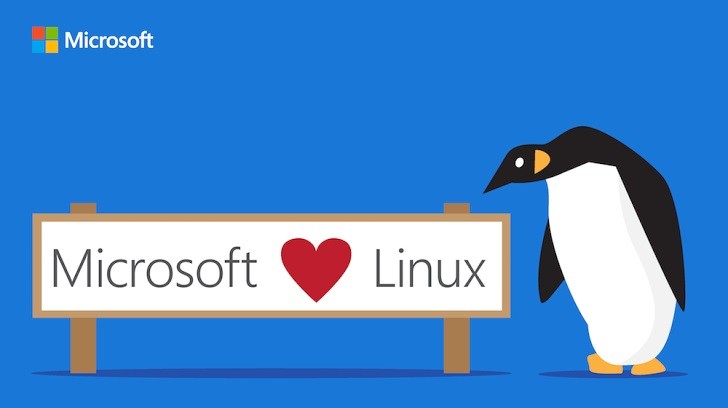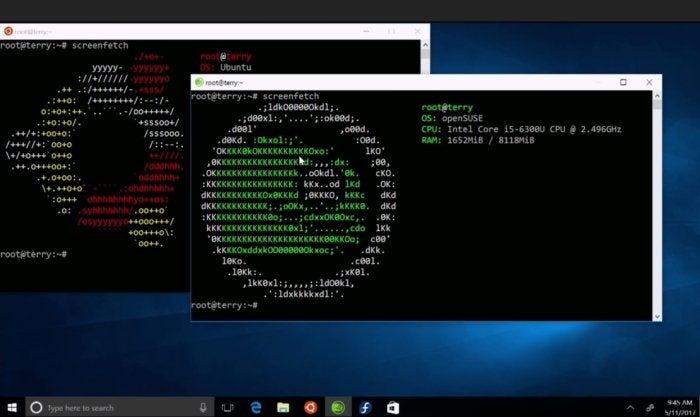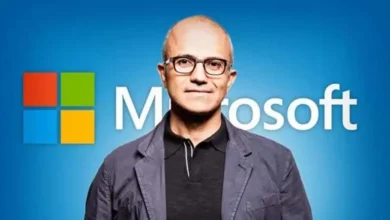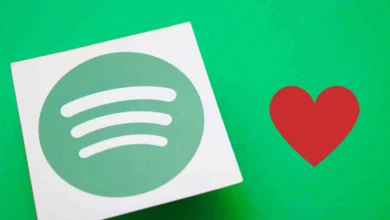
When the birth of Windows 10 was announced in late 2014, a few people – including myself, admittedly, were skeptical about what Bill Gates and his chaps at Microsoft would be offering this time after the massive fiascoes that were Windows 8 and 8.1. A ray of hope flashed for me, however, when I heard murmurs in a few dark alleys in Internet Street about supposed efforts by Microsoft to integrate Linux – Ubuntu in particular – into their new operating system. This was the most interesting news I had heard in a long time because I had grown tired of having to dual boot up to three or more operating systems at a time, and nothing was going to convince me to run a virtual machine on my system.
Enter the Windows Subsystem for Linux. (cheers)
Initially announced as part of the Windows Insider Program release in 2015, this feature is probably the best thing to ever happen to developers after the internet. While at first glance it sounded like someone built Windows with a kitchen called Linux awkwardly attached to its living room, it’s actually something quite different from that: it is the long-nosed Arab translator helping you go through the motions of trade in a market somewhere in Baghdad. This basically means that it translates Linux shell commands into a language that Windows understands.
To be able to take advantage of this feature, all one has to do is
- enable the Windows Subsystem for Linux feature in Control Panel > Programs and Features > Turn Windows Features On or Off,
- open Command Prompt and
- type bash to download and install Ubuntu’s shell.
From here, it is a simple matter of typing Ubuntu in Windows’ Run program and boom! You are done.
With inbuilt mobile hotspot, development features that are eerily similar to Android’s Developer Options, support for older .Net frameworks and a subsystem built for object-oriented databases, a developer with Windows 10 and Microsoft’s Visual Studio has access to more than twenty platforms including the Microsoft universe, Android, IOS, tens of Linux flavours and the World Wide Web all with the same source code.
To those of you to whom this elicits frightening thoughts of a classic dystopian 21st century Terminator universe, welcome aboard. It’s a brave, new world!








